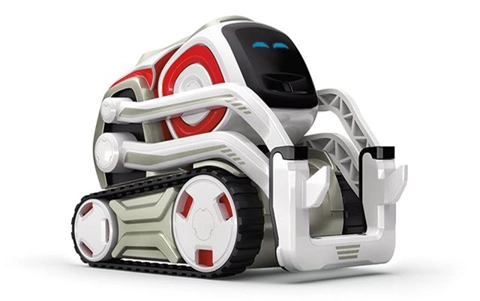Digital Pets at Ashwood School, Victoria
A typical class size at Ashwood is between 10–12 students, with a range of abilities and splinter skills across all learning areas of the curriculum. Most students find abstract concepts challenging, so we support learning through the use of carefully selected concrete materials and visual aids. To ensure that all students can access the Digital Technologies curriculum, we need teaching resources that are both intuitive and that cater to a range of abilities.
Additional details
| Year band(s) | Foundation, 1-2, 3-4, 5-6 |
|---|---|
| Content type | School stories |
| Format | Web page |
| Technologies & Programming Languages | Robotics and drones |
| Integrated, cross-curriculum, special needs | Inclusive education |
| Organisation | ESA |
| Copyright | Creative Commons Attribution 4.0, unless otherwise indicated. |
Related resources
-
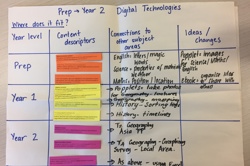
St Finbarr's School - Professional Development makes a difference
Emily Olsen describes the key elements that led to change in her school.
-
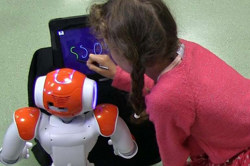
Learning by teaching ... A robot
How can an artificially-intelligent robot help children improve their handwriting skills?
-
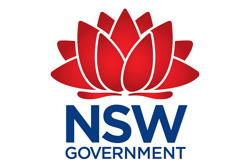
Robotics through coding
See how robotics and coding can be used to develop collaboration and critical thinking.
-
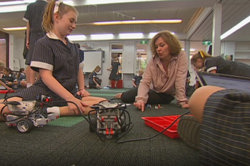
Now we are sort of testing the limits
Should learning computer coding be compulsory?
-
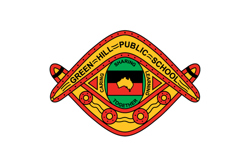
Computational thinking in a creative learning environment
At this small NSW school the teachers at the school embarked on a project focusing on student engagement.
-

DLSG Case Study: Korowa Anglican Girls’ School
Funding from Digital Literacy Schools Grants (DLSG) program to Korowa Anglican Girls’ School contributed to the establishment of a makerspace, known as The STEAM Lab at the school.
-

DLSG Case Study: Trinity Lutheran College
The Digital Literacy Schools Grants (DLSG) grant enabled Trinity Lutheran College to create an effective STEAM maker space.
-

DLSG Case Study: Glenallen School
The Digital Literacy Schools Grants (DLSG) grant enabled Glenallen School to purchase: a Tobii eyegaze computer system and software; accessible STEM equipment; and accessible Blue Bots and mBots.
